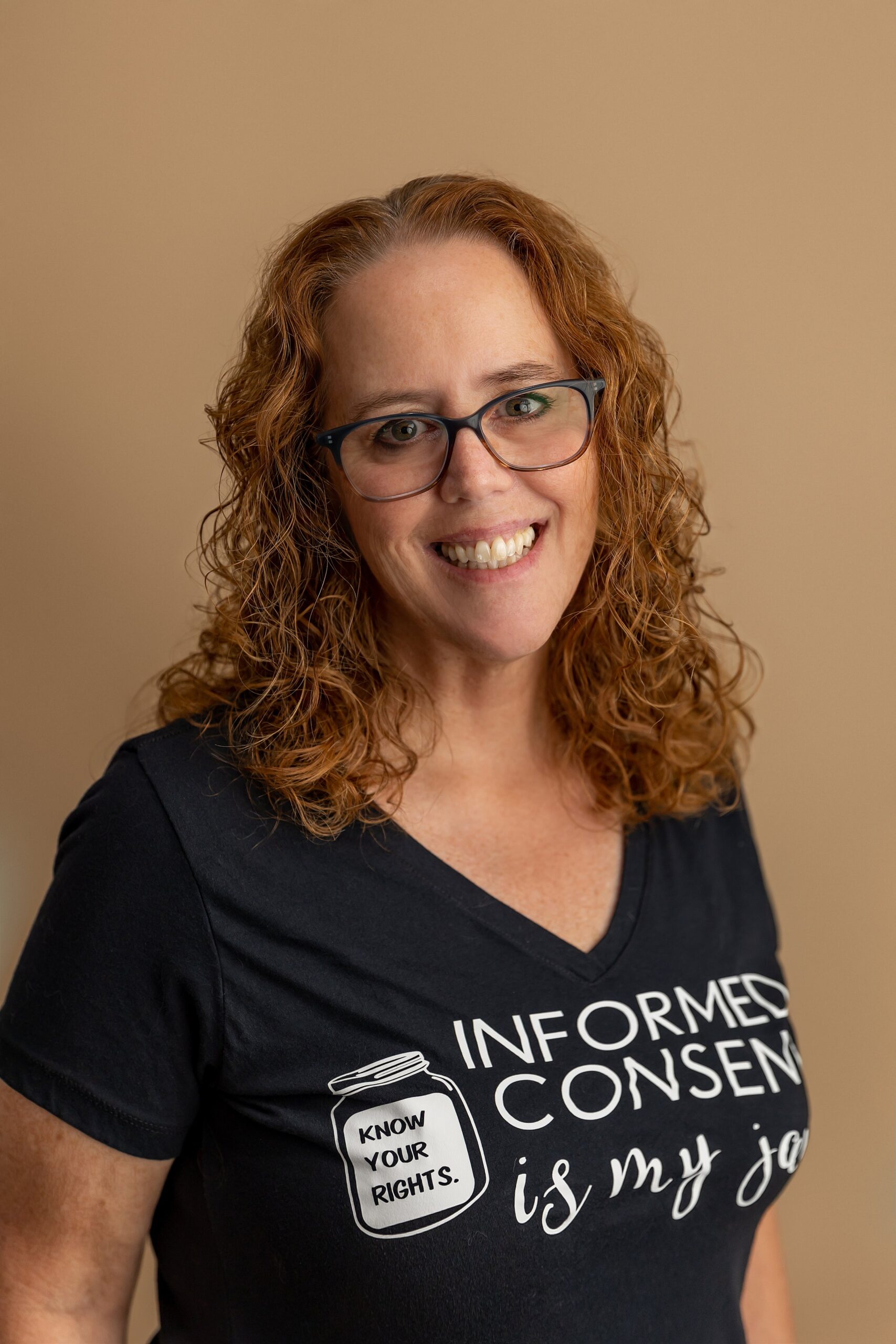Quick Facts
- Born: November 7, 1867 • Warsaw, Poland
- Died: July 4, 1934 (aged 66) • Passy, France
- Known For:
- Pioneering research on radioactivity
- First woman to win a Nobel Prize
- Only person to win Nobel Prizes in two scientific fields (Physics and Chemistry)
- Discovering the elements polonium and radium
- Founding mobile X-ray units during World War I, known as “Little Curies”
Marie Curie is one of the most influential scientists in history, recognized for her groundbreaking research on radioactivity and remarkable achievements in chemistry and physics. Born in Warsaw, Poland, Curie showed an early interest in learning despite societal barriers placed on women. Moving to Paris, she studied at the University of Paris (Sorbonne), where she met her husband and research partner, Pierre Curie. Together, they worked to discover new elements, notably polonium and radium, revolutionizing the scientific world’s understanding of atomic science.
In 1903, Marie Curie became the first woman to win a Nobel Prize, sharing the Nobel Prize in Physics with Pierre Curie and Henri Becquerel for their work on radioactivity. Despite personal tragedy, including the death of her husband in 1906, Curie persevered in her research. In 1911, she won her second Nobel Prize—this time in Chemistry—for isolating pure radium and continuing her work on radioactivity. This achievement made her the first person (and only woman) to win Nobel Prizes in two different fields.
During World War I, Curie’s brilliance extended beyond the lab. She developed mobile X-ray units, known as “Little Curies,” which helped soldiers on the battlefield. She personally helped install the machines and trained others in their use, saving countless lives.
Marie Curie’s legacy goes far beyond her scientific discoveries. She broke down barriers for women in science, becoming the first woman to teach at the Sorbonne. She also refused to patent her radium-isolation process, ensuring that scientific knowledge would benefit humanity, not be confined for profit.
Controversies:

Though Marie Curie’s scientific contributions are monumental, her life was not without controversy. In 1911, her affair with married physicist Paul Langevin became a public scandal, just as she was receiving her second Nobel Prize. The French press attacked her with xenophobic and sexist undertones, yet Curie remained steadfast in her focus on her work, refusing to let personal attacks derail her scientific pursuits.
Another controversy arose around the use of radioactive materials. Marie and her husband’s early research into radium was done with little knowledge of the harmful effects of radiation. The materials they discovered later became associated with dangerous exposure, and both Curie and many of her colleagues developed serious health conditions from handling radioactive substances. Marie herself eventually died of aplastic anemia, believed to be caused by her prolonged exposure to radiation.
The ethical implications of her work have been debated in modern times. Some critics argue that her discoveries were the precursors to nuclear weapons, though Curie herself was focused solely on the peaceful, medical, and scientific benefits of radioactivity. It’s important to note that she opposed using her research for destruction.
In Her Own Words:

Marie Curie’s dedication to science and humanity is reflected in some of her most famous quotes, which reveal her passion and resilience:
- “Nothing in life is to be feared; it is only to be understood.”
- Curie believed in the power of knowledge and understanding over fear, a motto that drove her to face the unknown in the laboratory and in life.
- “I am among those who think that science has great beauty.”
- For Curie, science was not just a career but a form of art, something deeply beautiful and rewarding in its pursuit of truth.
- “You cannot hope to build a better world without improving the individuals.”
- Curie’s work was not only about discovery but about contributing to the greater good of humanity, believing that progress in science would lead to societal progress.
Her Lasting Legacy:

Marie Curie’s influence is felt in nearly every corner of modern science and medicine. Her research laid the foundation for the development of radiation therapy, which is still used today to treat cancer. Her discovery of radium and polonium transformed atomic physics and opened the door to nuclear science.
Curie’s life was one of firsts: the first woman to win a Nobel Prize, the first person to win two Nobel Prizes, and the first woman to become a professor at the University of Paris. Her commitment to science was relentless, breaking countless barriers for women in STEM fields. Today, the UK’s Marie Curie Cancer Care charity continues to honor her legacy, helping to provide end-of-life care for terminally ill patients.
Her notebooks, still highly radioactive, are preserved in lead-lined boxes in France, a poignant symbol of the lasting impact—both scientific and personal—of her discoveries.
Jaelin’s Personal Reflections:
I saw the recent movie Radioactive about Marie Curie’s life and did some additional reading on her. This is a truly fascinating woman who is well worth idolizing. Her love of science and discovery is inspiring, and I can only imagine having the kind of impact on humankind as she has.
Women like Marie Curie inspire me. Given the obstacles she faced, her perseverance gives me hope that we may be able to break through this patriarchal medical model of care in my field of women’s health, pregnancy, and birth.
Curie’s refusal to patent her discoveries is truly inspiring. I would like to think I would do the same thing, but we will never know since I will never be in her shoes. I believe strongly in sharing knowledge and don’t do my job for the money, benefits, or hours. I could do better on all those getting a hospital job and just doing what I am told. But I can’t; it’s not in me to roll over like that!
Understanding radiation and its uses has been critical in developing many life-saving medical tools and therapies. In that regard, we all stand on Marie Curie’s shoulders as leaders in this area.

Explore More About Marie Curie:
- Marie Curie Biography: Biography of Marie Curie and the Science of Radioactivity the First Woman to Win a Nobel Prize
- The Elements of Marie Curie: How the Glow of Radium Lit a Path for Women in Science
- The Great Book of Badass Women: 15 Fearless and Inspirational Women that Changed History
- Marie Curie Cancer Care – Official Site
- American Institute of Physics – Marie Curie
- Marie Curie – Wikipedia
Note: Full disclosure: I earn a small (very small) commission on any links that take you to Amazon.
Find out more about Jaelin’s Homebirth Practice (Holistic Heritage Homebirth) in Houston, TX


